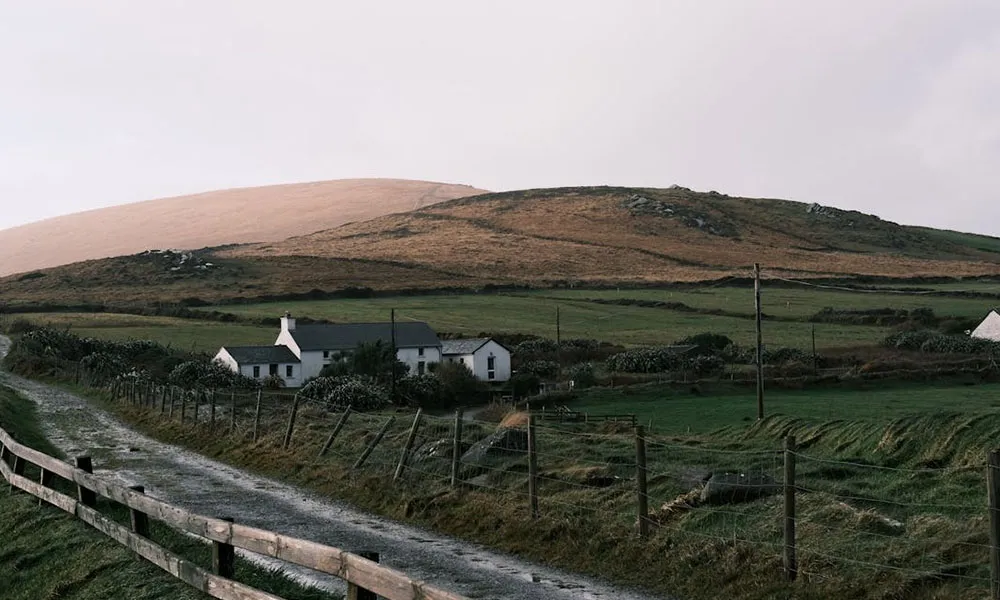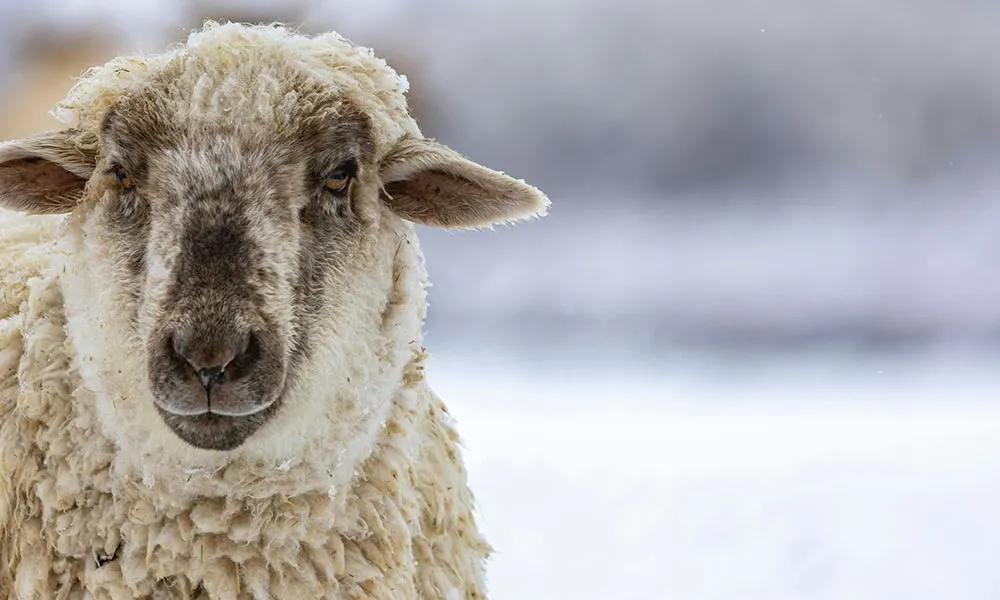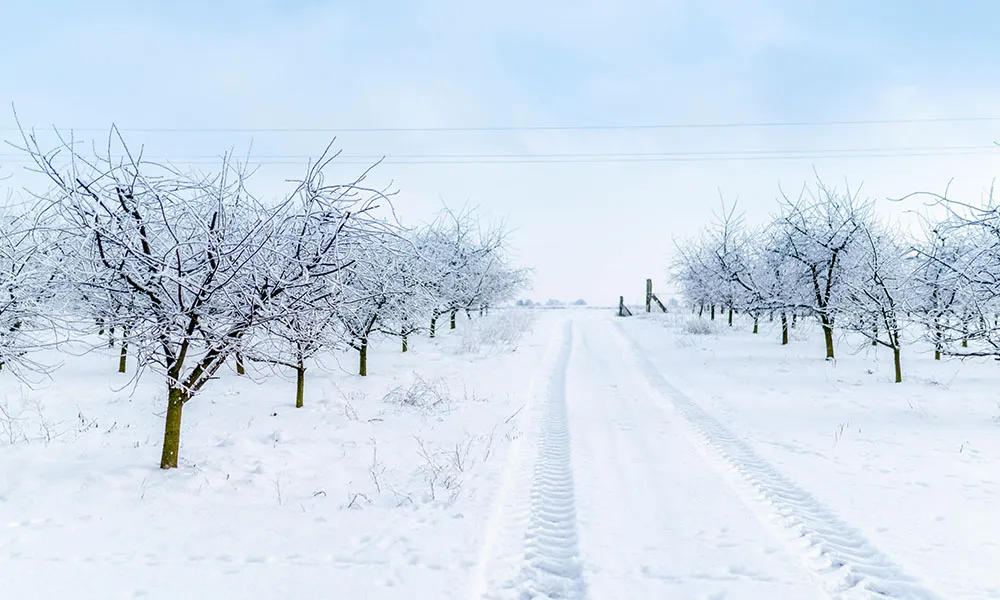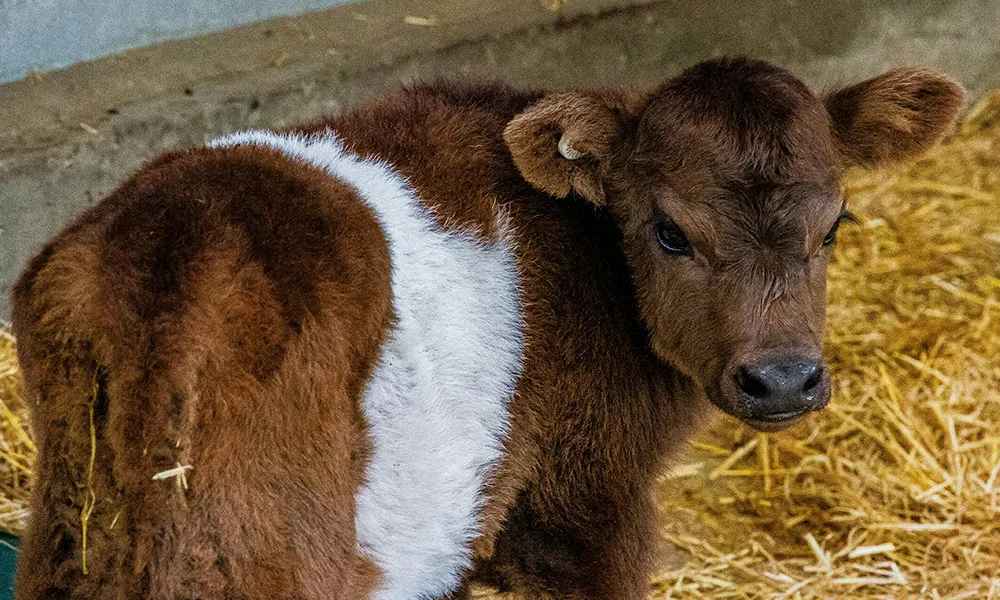
White clover – what are the advantages?
Maintaining high clover density on grassland is the natural and most efficient way to enhance N use efficiency and N farm gate surplus, and simultaneously increase grass production. To establish clover, at the level required to achieve these goals, usually takes 3-4 years. This means that it requires a good deal of patience and some careful planning. That being said, the process is straightforward and far from labour intensive.
The importance of soil fertility
According to Teagasc researchers, fertile soil is required to establish and maintain high clover density. A soil pH of 6.5 and > index 3 for both P and K is required. A high phosphorous content is also crucial for establishing clover seedlings. For this reason, researchers recommend that clover is sown with a fertiliser that contains plenty of phosphorous (P).
Cultivars (clover breeds) should be chosen based on the DAFM Recommended List. Those with small or medium sized leaves are best for intensive grazing, while larger leaved cultivars are better suited to silage systems. Soil should be warm and moist at time of sowing, and seeding should always take place between April and July. Autumn sowing is not typically recommended, due to declining soil temperatures.
White clover is usually established by two methods – direct seeding and over-sowing. It is worth taking a look at these two approaches in more detail, so you can decide which is best suited to your purposes.
Direct seeding
Direct reseeding is usually carried out mid-year (May/June/July) and should be undertaken only after testing soil fertility for pH, P and K. The old pasture may need to be sprayed off with a minimum of 5L/ha of glyphosate and left untouched for at least ten days. Extreme caution is advised when using this product, and farmers are reminded never to spray near water tables.
After at least ten days have passed, a seedbed should be prepared. Soil needs to be fine and firm before sowing can take place. For cattle, grass should be sown at 28-30kg/ha of grass plus 3.5-5.0kg of medium leaved clover. The sowing rate for sheep is 25-28kg/ha of grass plus 5.0-6.0kg of small leaved clover. Seed should be sown at a depth of about 10mm. Any deeper, and you may encounter issues with germination.
At the point of reseeding, you should apply nitrogen at a rate of 40gk per hectare. If soil samples indicate that P and K are needed, these should also be applied as required. It is generally recommended that beds are rolled after seeding, to ensure contact between seed and soil. About 4 weeks after seeding, you should apply nitrogen again, at a rate of 25kg per hectare or as needed.
Over-sowing
Personally, I prefer over-sowing to direct re-seeding. This approach is usually more cost-effective and the process is very simple. Unfortunately, over-sowing is also more weather-dependent and condition-dependent than a reseed, and is usually most effective in April, May and early June.
There are a few steps that you can take to help ensure the success of over-sowing. For instance, soil samples should be taken to identify soil fertility. Obviously, optimal soil fertility will increase the chances of success. Soil fertility should be artificially increased, if needed.
It is not recommended that you sow over low content ryegrass swards, as the clover will not establish in these. Weed control is also necessary before sowing, and this should be done with a herbicide that has a very short residue time. No action should be taken until after the residual period has passed. No herbicide should be sprayed to excess of manufacturer’s instructions, and it should never be applied near active watercourses.
In terms of actual sowing, you can either broadcast onto the sward or stitch using a machine suitable for the job (such as a fertiliser spreader). Teagasc provides some good advice in this respect, recommending that clover seed is mixed with 0:7:30 fertiliser. Clover should only be added to the mix when out in the field, as this will help prevent seed from settling at the base of the machine. A harrow or drill can be used to improve seed to soil contact. It is usually recommended to sow white clover at a rate of 5-6kg per hectare.
After over-sowing, N fertiliser use should be reduced to 15kg/ha per month for two months.











